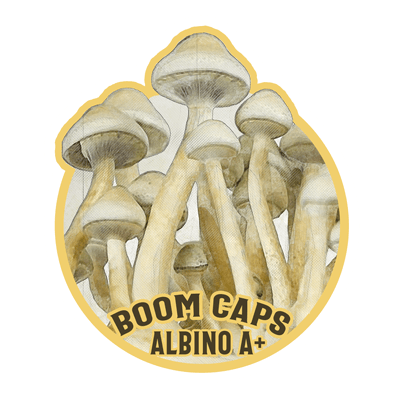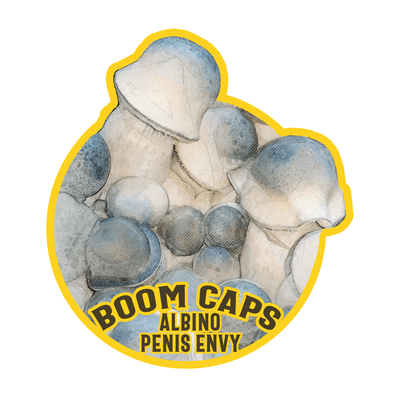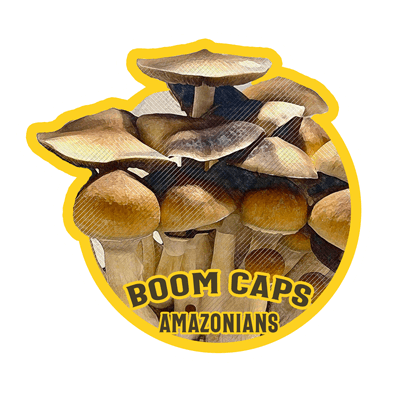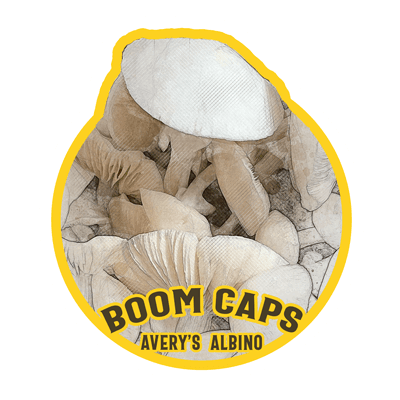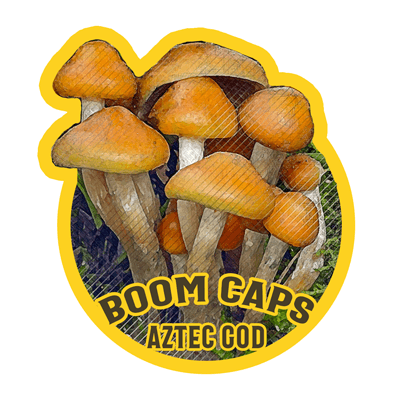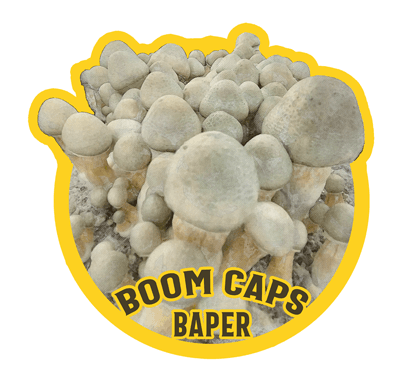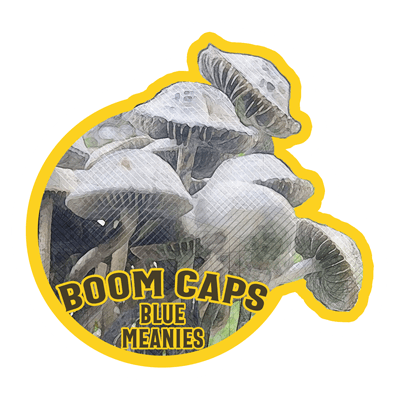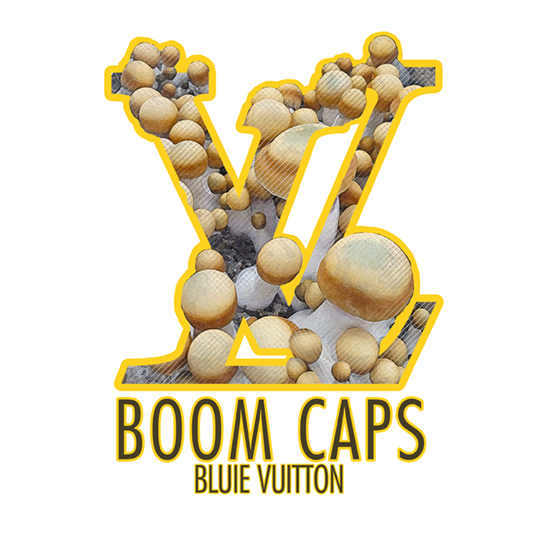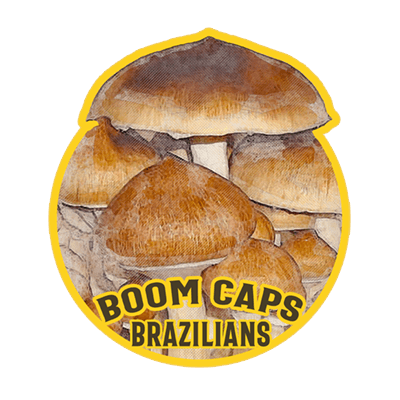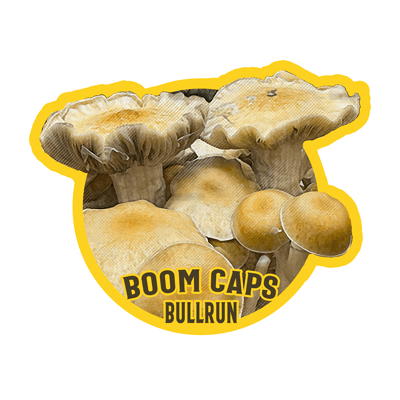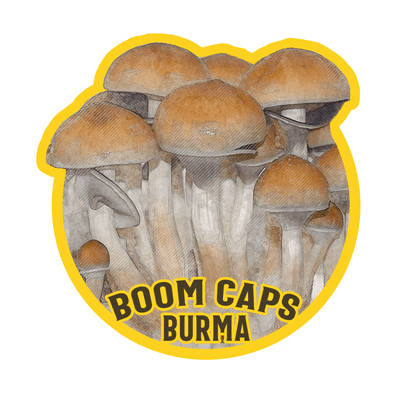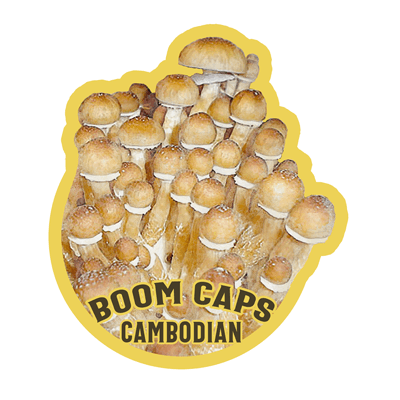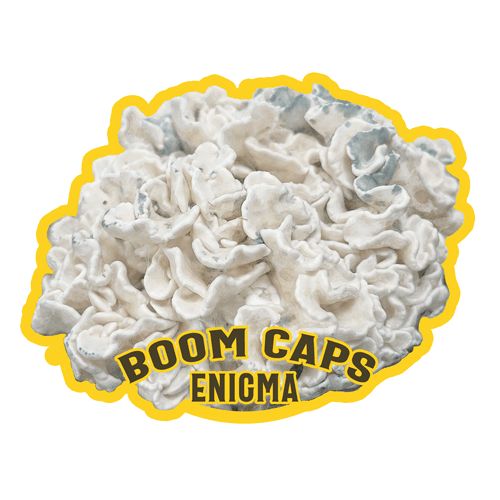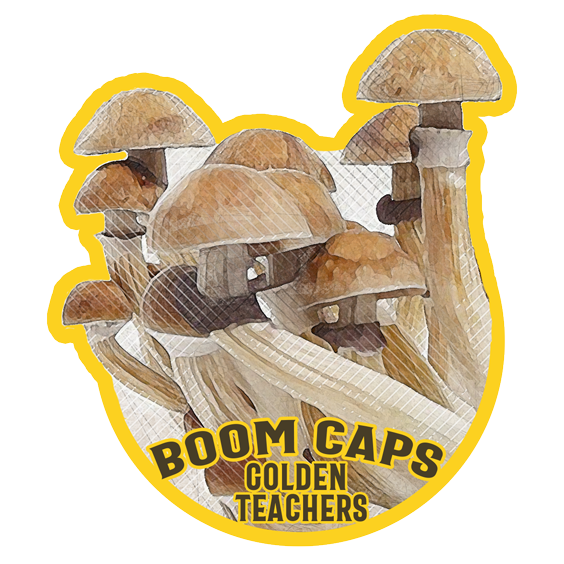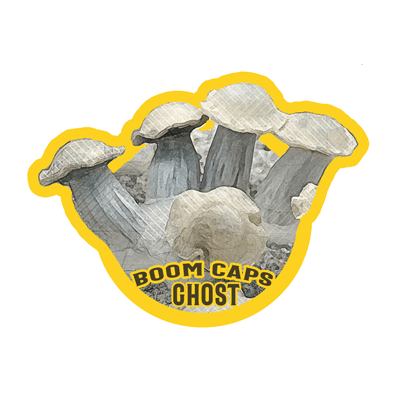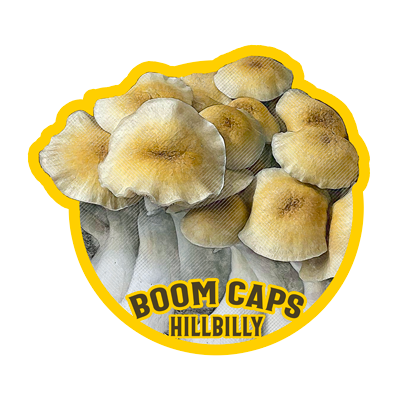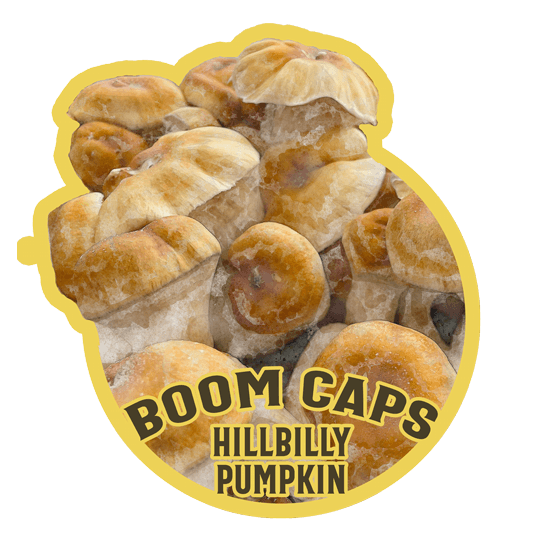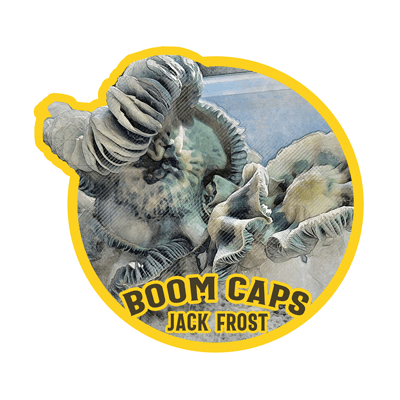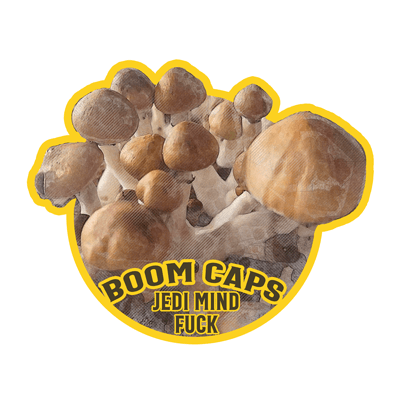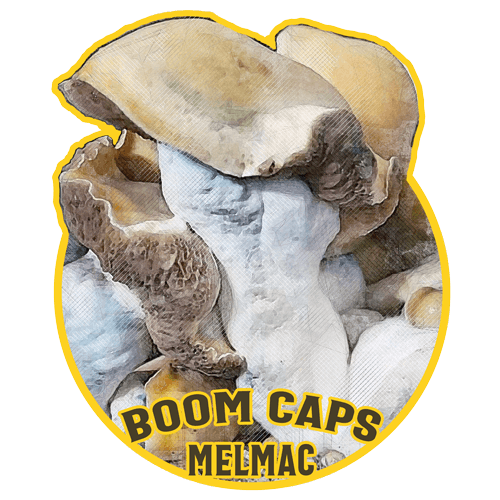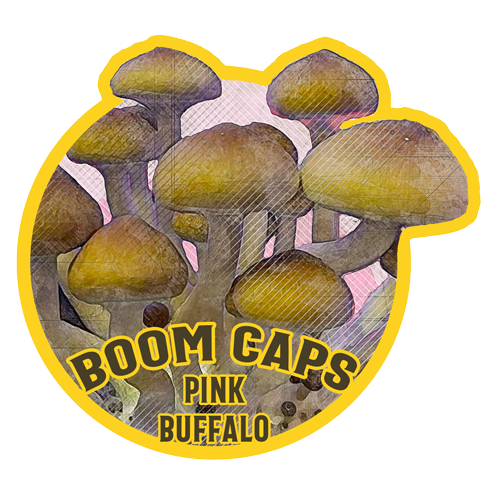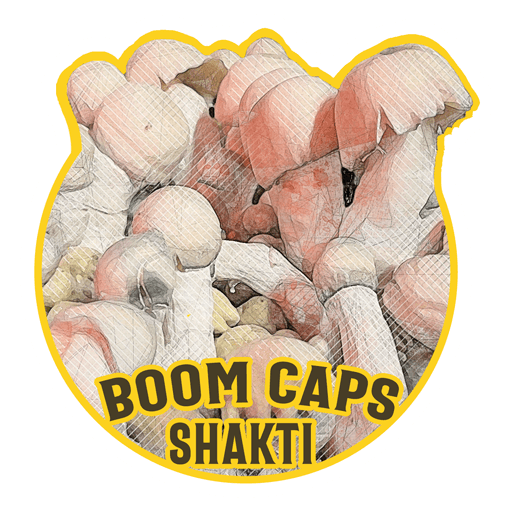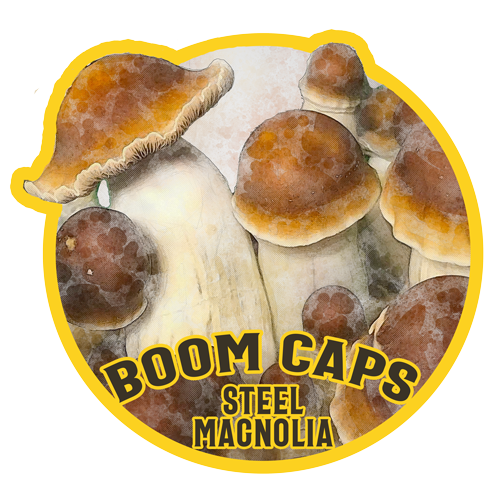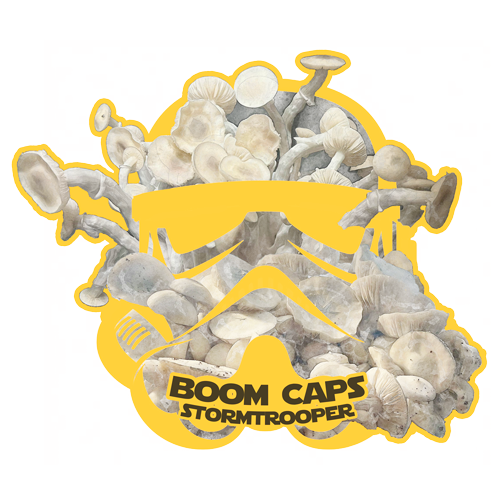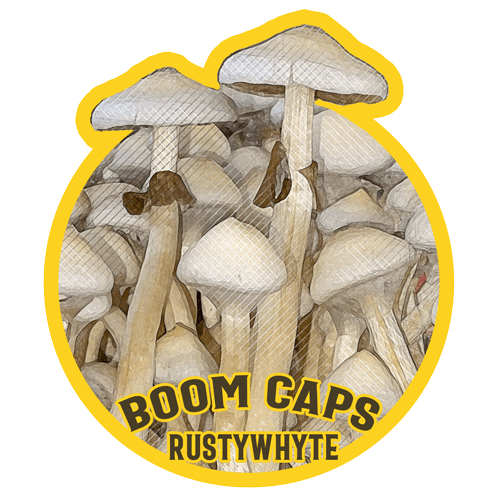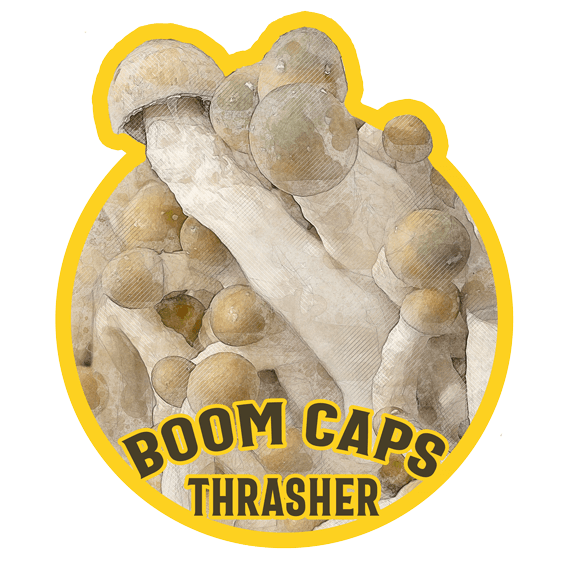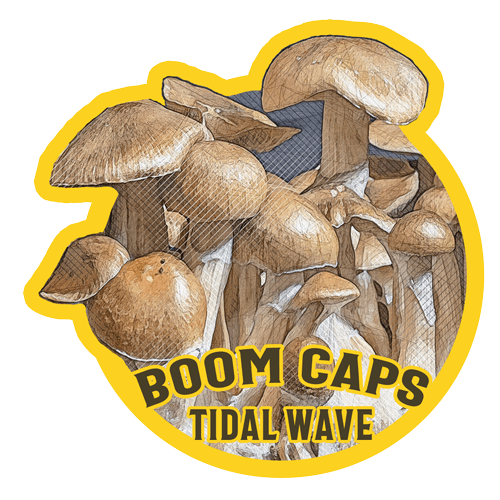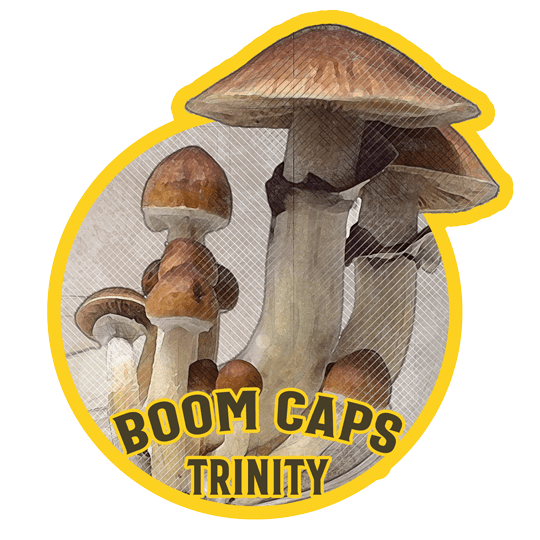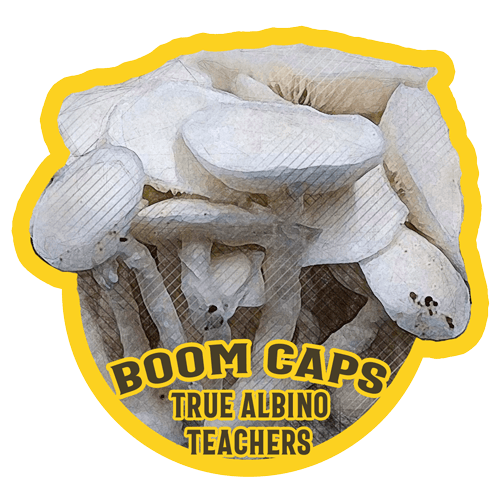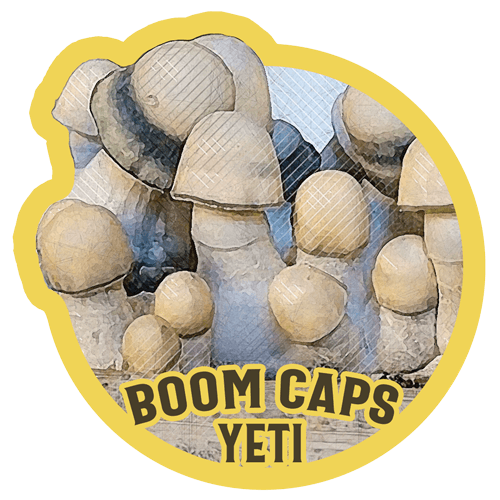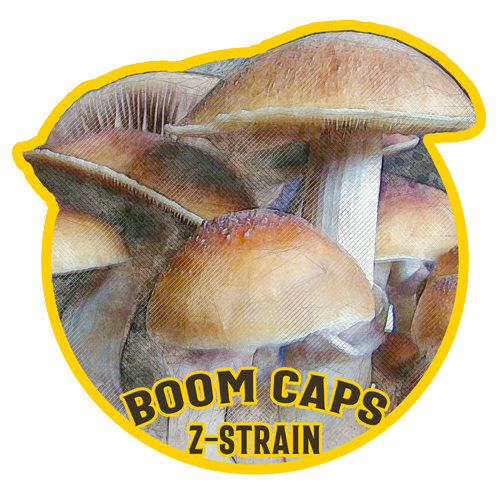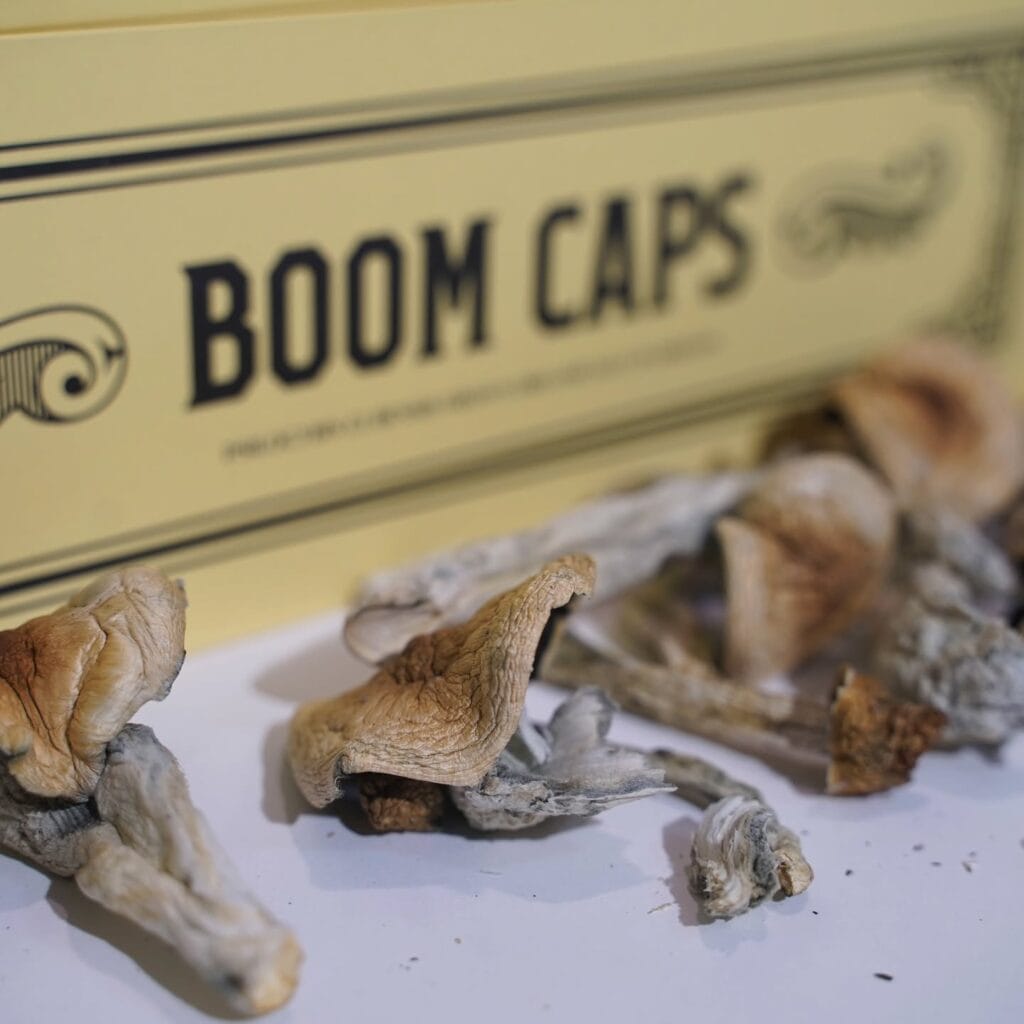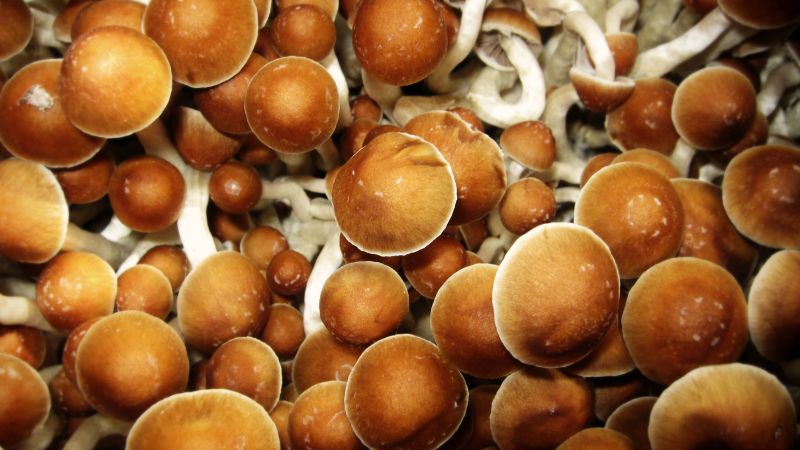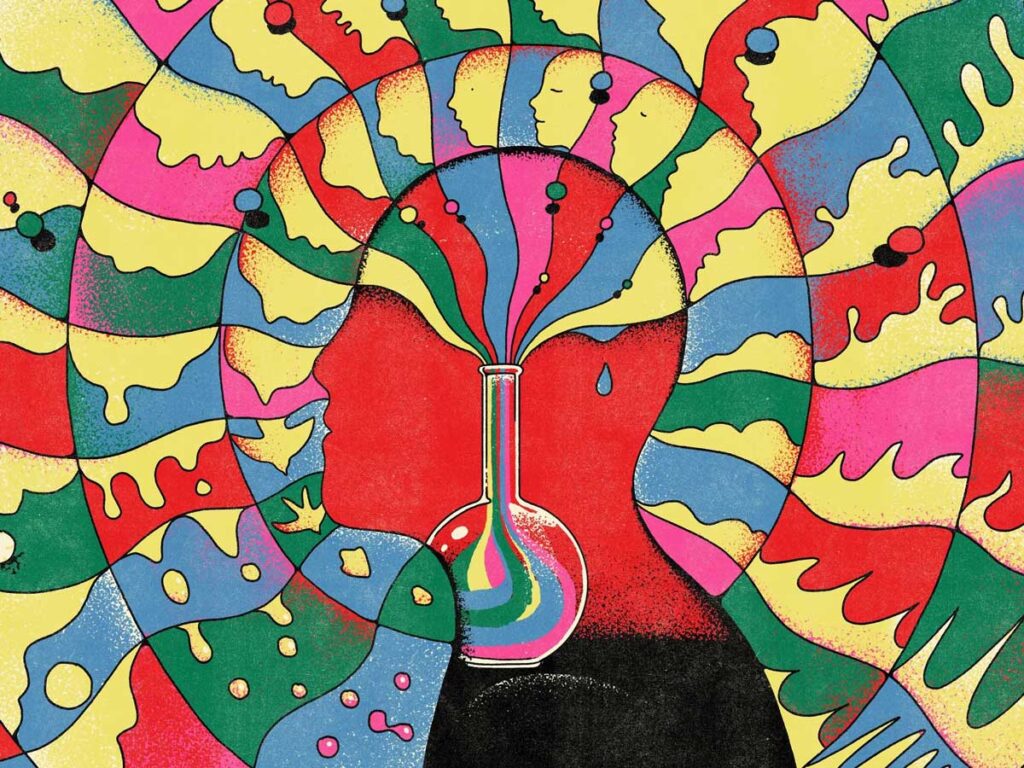


Psilocybin Mushroom Strain Guide
The fungus known as Psilocybe Cubensis is a unique mushroom species, just as Shiitake, Azures, and Amanitas are their own distinct species. Creating a hybrid between two different fungus species would be almost impossible and incredibly expensive so why do we refer to so many different types of Psilocyben mushrooms as strains?

The nomenclature strain derives from cannabis strains as many psilocybin mushrooms are familiar with it. Cannabis is a plant, while cubes are a fungus. psilocybin mushrooms come from spores, and marijuana comes from seeds. Psilocyben mushrooms breathe oxygen and produce CO2 as a byproduct, like animals. Cannabis, like all plants, breathes CO2 and produces oxygen.
When Cannabis Strains are created the chosen parent plants are crossbred. This typically involves taking pollen from a male plant and pollinating the female plant. The female plant will then produce seeds that carry genetic material from both parents. The strain will then be stabilized through phenotype hunting and backcrossing. This is wildly different from the mushroom reproduction.
In the world of mycology, every time a single spore’s mycelium mates with another’s to become dikaryotic, a unique strain is created. Like mammals, each living cube strain is unique and tends to resemble its ‘parents’. A single viable spore print can produce thousands, if not millions, of unique strains, most of which will produce mushrooms that closely resemble the original mushroom.
Still, the world of genetics is often a funny thing, and sometimes spores will produce some surprisingly unique and unexpected mushrooms displaying recessive genetic traits and mutations that nobody could predict. These characteristics (such as size, color, growth rate, or potency) can then be isolated through a process known as selective breeding and using them to produce the next generation. This process can be done by spore selection which is collecting spores from the chosen mushrooms and germinating them under controlled conditions.
These unique cubes can be selectively bred until these unique traits become common, even via multi-spore inoculation. This new, unique cube may be marketed as a new strain, but it is just a unique variety or isolation of psilocyben cubensis spawned from its original specimen. In general, every single commercially available psilocyben cubensis, is a domesticated variety of the original specimen’s collected in the wild throughout the world. Domesticated cubes contain intentionally limited genetics to increase the likelihood of achieving the desired results, sort of like dog domestication and subsequent breeding.
Over time and multiple generations (spore to fruit to spore) a psilicyben cubensis variety can become genetically limited by inbreeding. This means results from multi-spore inoculation can become more consistent, and the likelihood of accidentally stumbling upon unique traits reduces. If a commercial cube’s genetics become too limited, the inbreeding can produce undesired effects. In general, when it comes to life, too much inbreeding will eventually lead to problems. To combat this mycologist will use spores from two different but closely related variety’s which for instance is how Albino Penis Envy was created.
Despite all this the proliferation of the term strain when referring to psilocyben cubensis has become so prevalent to fight against is just an exercise in futility. The ease of use that comes with the term when describing different varieties as strains outweighs having a lengthy conversation with people about the differences between plants and fungus. If you can’t beat ’em, join ’em.
Psilocybin Mushroom Strain Descriptions
Dive deep into the world of psilocybin mushrooms with our strain descriptions. Let our guides be your roadmap to discovering the potential of these magical fungi.

Dr. P. Delic Provides Advocacy for Psilocybin Benefits and Effects

Psilocybin Info, News & Awareness
How psilocybin, the psychedelic in mushrooms, may rewire the brain to ease depression, anxiety and more | CNN
Scientists are learning more about how psychedelic mushrooms may alter the brain, potentially leading to...
When America First Dropped Acid | The New Yorker
Well before the hippies arrived, LSD and other hallucinogens were poised to enter the American mainstream.Source:...

